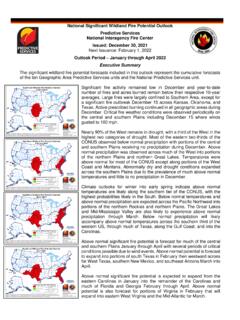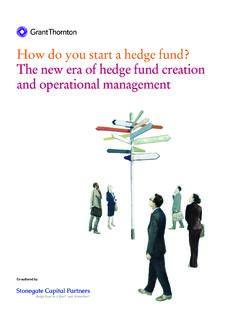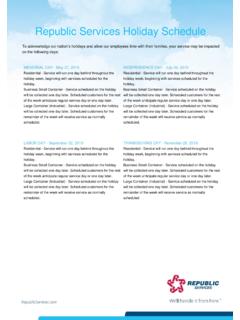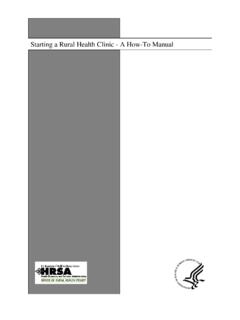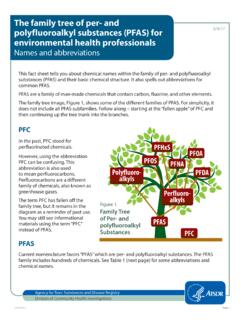Transcription of Starting a Business Guide - RBC Royal Bank
1 MASS_NRG_A_Bleed_Mask_Op2 RBC Starting Your Business GuideRBC Starting Your Business Guide 1 Making your Business a realityThis Guide is split into 6 sections; Making sure your Business idea will fly Finding the money to start All the legal stuff you need to know The best ever Business plan Keeping control of your cash Help and adviceFor additional advice on Starting your Business , visit any RBC Royal bank branch find the nearest one at RBC Starting Your Business Guide Section one Making sure your Business idea will flyBefore you start operating, check the feasibility of your idea. 1. Develop your competitive advantage What are the core products and services that will underpin your Business , and are you significantly better than the competition?
2 Or is there a gap in the market that you ve identified that no one else is filling?What is your key advantage?Why are you better, or different, than your main competitors?Think about how you can differentiate yourself such as: Provide a new product or service that isn t offered anywhere else Find a great location, excellent for customer convenience and traffic Employ friendly staff that are well known in the industry and potentially have a number of customers that will follow them to your Business Offer online services like ordering, customer tracking, industry news, social media updates Develop a reputation as the expert so customers want to be associated with you Form strategic alliances: key partnerships with other businesses that you can bring to the table Concentrate on convenience: you ll deliver, do it sooner, travel, have parking, use technology to track orders2.
3 Identify your target customers and their needsIf you have a clear idea of who your customers will be, it will be easier to position your product or service for this particular group of people or best customers will: Understand of the value of what you offer Have the highest potential for sales growth Be loyal, return again and again, refer Business and pay on timeTIP: It s better to have 3-5 clear customer targets that you can focus on, rather than trying to sell to Starting Your Business Guide 2 Six low-cost ways to research your market1. Search for industry information. Look online, such as on the websites of Statistics Canada, trade associations, Industry Canada, or attend events, conferences and talk to other Business Survey potential customers.
4 Walk around the neighbourhood where you ll be operating. Ask potential customers what they like and dislike, and how they make buying Talk to experts. Consultants, professors, journalists and experts are constantly writing white papers and commenting on specific industries. 4. Seek intelligence from non-competing markets. Study companies with similar products or services in other cities or Study your competitors. Look at their ads, examine their websites, check out their products and in-store displays, sign up for their e-newsletters. 6. Talk to suppliers. While you may not learn any trade secrets, their conversations could provide valuable insights into the industry as a Conduct market researchUnderstand your market and how your customers will perceive your Business .
5 Find out some of the fundamental information about the market you will operate in: What is the size of the market, and what percentage of sales do you think you ll get? Who are the key competitors in the market? Where are most of your customers, and are they easy to communicate with? What will customers pay, and can you make a profit? How will customers want to pay you? How do customers want to receive their products and services? What support do customers expect? Can you get the right suppliers?Answering these questions will help you start to build the idea of your Business model and determine whether you can deliver what your customers Your Business model Your Business model is the distribution or selling method that outlines how you intend to go to of Business models: Retailing: You buy products from a wholesaler, add a margin and then resell them.
6 Retailing usually involves having a physical storefront but can also include an online store. Online trading: You buy and sell online without any physical premises. If you sell to the end consumer, it s a variation of retailing. Construction: You contract to build a structure by providing an estimate or submitting a quote in a tender process, or you may sub-contract to a larger Business . Wholesaling: You import products, add a margin and then resell them to retailers or suppliers. Franchising: A franchisor sells the Business concept to you, the franchisee, and you buy into the brand and operate the Business under the guidelines of the franchisor. Software: You either provide software and customers pay you a one-time fee, or they pay a licence/subscription fee to access the software on a regular basis.
7 Manufacturing: You buy components and assemble/create a products(s) and then sell it (them) to a distribution network. Professional services: You provide specialist services to customers who pay you for your Business models include: Licensing: you own the intellectual property and customers pay you a fee, such as providing a recipe to a food manufacturing Business . Affiliates: you resell other businesses products and take a margin, or in reverse, you offer your product or service and others sell it on your RBC Starting Your Business Guide TIP: You don t have to stick to just one Business model. For example a traditional retail location may also have an online store, source unique products and sell to other Finding the right suppliers and logistics Being in Business successfully is all about making sure you can deliver.
8 Regardless of the Business you are in, you will need: Reliable suppliers: other businesses that can deliver the quality and price you require on a consistent and regular basis. Get multiple quotes from suppliers, check their credibility and ask about their ability to scale up, in case you suddenly need to order larger quantities. An understanding of the Business process: the logistics involved in getting products and raw materials from suppliers to your Business , and then delivered to the customer. Sketch a flow chart of the various process parts to confirm the flow is smooth and to spot potential factors to be aware of: Freight (freight forwarders, customs brokers, transport companies, couriers, air express companies, airlines, shipping companies and others in the freight industry) Returns: either customers are not happy with the final product, or you are not happy with what you are receiving Storage of finished products Insurance coverage for the time when the product leaves your Business to when it arrives safely at the customer Packaging, balancing protection with cost Documentation if you are importing or exportingTIP: Having great supplier relationships is an important part of being in Business .
9 Be more than another customer to them. The more you sell their product or use their service, the more revenue they will make, and the better service you will Understand your capability and capacityYou need to be sure that you have the capability and the capacity to start and run your Business need to consider Whether you will be able to invest in more capacity if you need to. If you manage to secure a large order, can you scale up to fulfil it? What extra equipment or products do you need? How much of a financial investment will be required to meet customer needs. If your Business starts to grow fast, having the cash available to add staff and increase production volume is crucial. Whether you ll need additional staff. Can you secure skilled employees on short notice?
10 How to source alternative suppliers. Good contingency planning should include alternative sources of supplies. How you will maintain quality and consistency. Quality issues can occur when you are producing larger volumes, and the last thing you need is for a whole shipment to be rejected because it is substandard. How you will manage your growing Business . It is important to have good project management systems in place, and to know when you may need to hire outside help. Whether you will outsource to other businesses. Not just in Canada but also offshore if there are cost, product or speed benefits. How long it will take to get paid. There may be a considerable gap between securing an order or work and getting paid. Estimate what you think you ll need to make your Business a reality, and where the money will come Starting Your Business Guide 41.
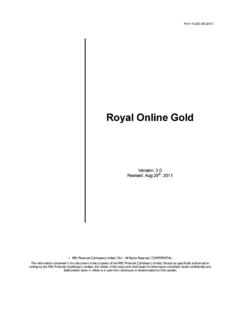



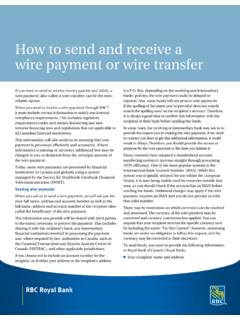




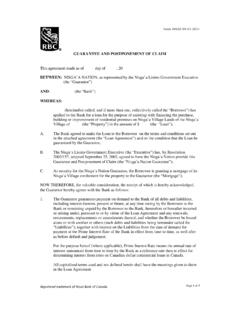
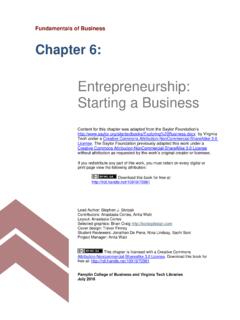
![ABSTRACT arXiv:1409.1556v6 [cs.CV] 10 Apr 2015](/cache/preview/4/e/0/e/4/4/2/c/thumb-4e0e442c20fc4f8e108fa20a1095af07.jpg)

